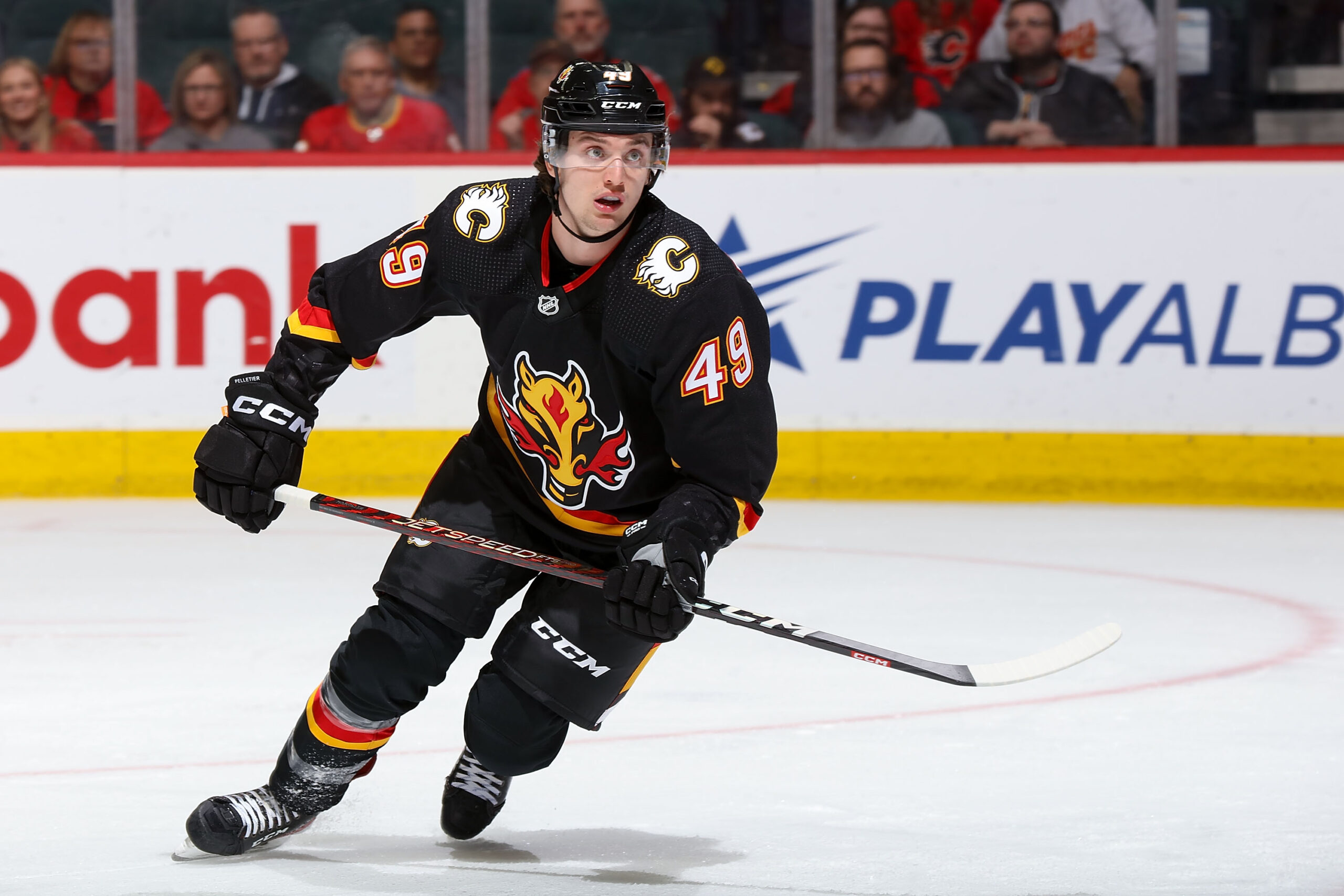

The Tampa Bay Lightning are heading into what's expected to be a relatively quiet offseason in 2025. After a first-round exit from the playoffs for the third straight year, following three consecutive Stanley Cup Final appearances, General Manager Julien BriseBois is managing expectations, indicating that major moves are unlikely.
One of the primary reasons for this anticipated quiet period is the Lightning's limited cap space. With approximately $3.5 million in cap space, BriseBois faces restricted flexibility, suggesting that the 2025–26 roster might closely resemble last year's. This cap situation makes it challenging to address the team's weaknesses, particularly the depth of their lines. While the top two lines remain strong, the third and fourth lines need improvement, especially when compared to teams like the Florida Panthers, who boast three strong lines.
Despite the expectation of a quiet offseason, the Lightning have already been active in making strategic moves. They signed forward Jack Finley to a three-year contract extension, a deal structured as a two-way contract for the first season before converting to a one-way deal for the remaining two years. This signing reflects the Lightning's focus on building depth through low-risk contracts with players who have potential for growth. Utilizing prospects from the American Hockey League (AHL) is also a key part of their strategy, aiming to add affordable talent to the roster.
The Lightning's offseason strategy also involves addressing potential gaps in their roster. With Derrick Pouliot and Steven Santini becoming unrestricted free agents, the team needs to either re-sign them or find replacements. Their best option would be to find affordable defensemen willing to sign for the league minimum and compete for a spot on the roster. Internally, players like Maxwell Crozier, who has NHL experience and a strong AHL performance, and Charle-Edouard D'Astous, who has shown offensive capabilities overseas, could be potential candidates for promotion.
Given their cap constraints, the Lightning may also explore trade options to gain draft capital and improve their roster. While they have a strong core of players under contract, the team is missing several draft picks in the upcoming years, including first-round picks in 2026 and 2027. Trading players to acquire these valuable assets could be a strategic move for the future.
Despite the challenges, the Lightning remain a strong team capable of contending for their division and aiming for a deeper playoff run. Goaltender Andrei Vasilevskiy, although coming off wrist surgery and playing behind a thin defense, is expected to bounce back to form with the right defensive adjustments. Overall, the Tampa Bay Lightning's "quiet" offseason is characterized by a focus on strategic, low-risk moves aimed at improving depth and maximizing their existing talent while navigating limited cap space.